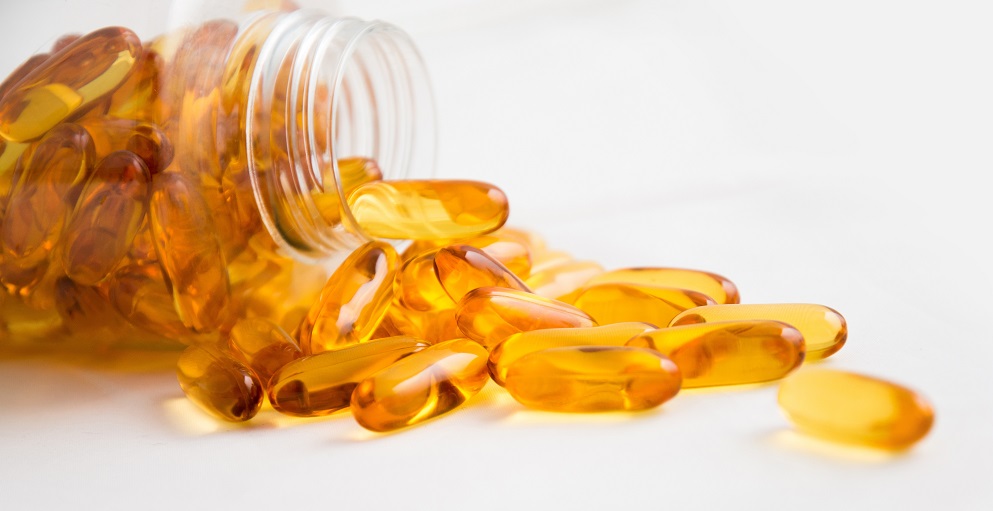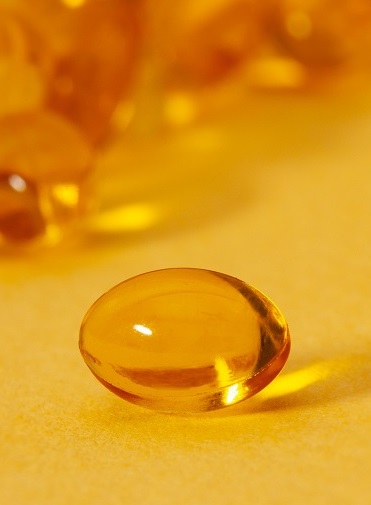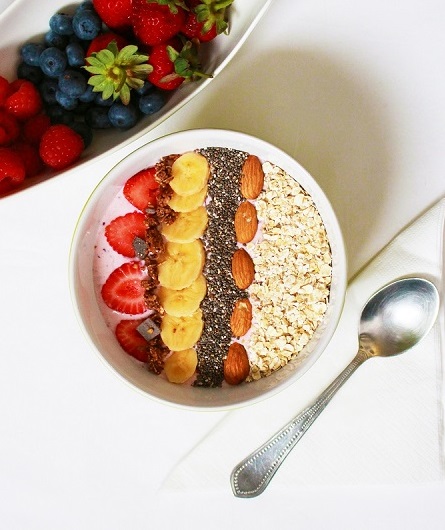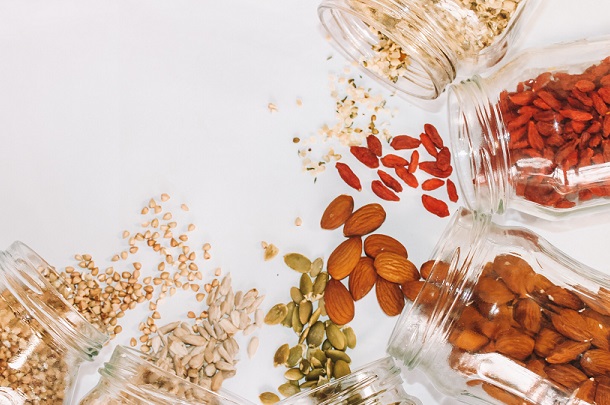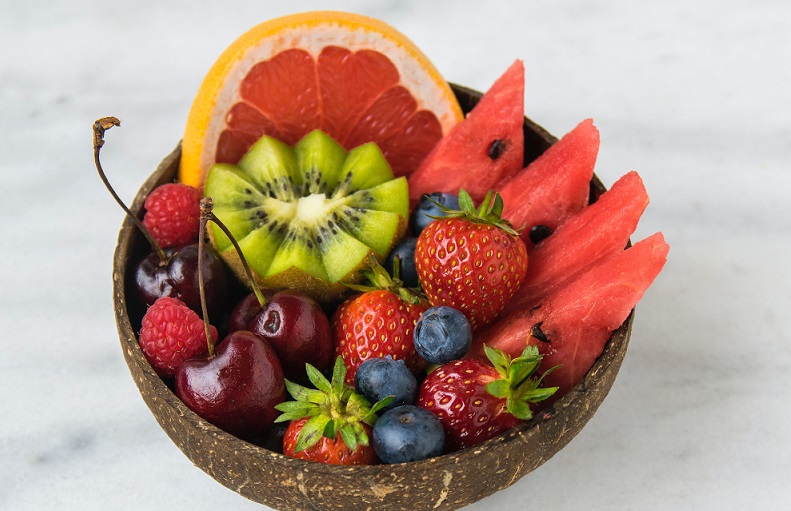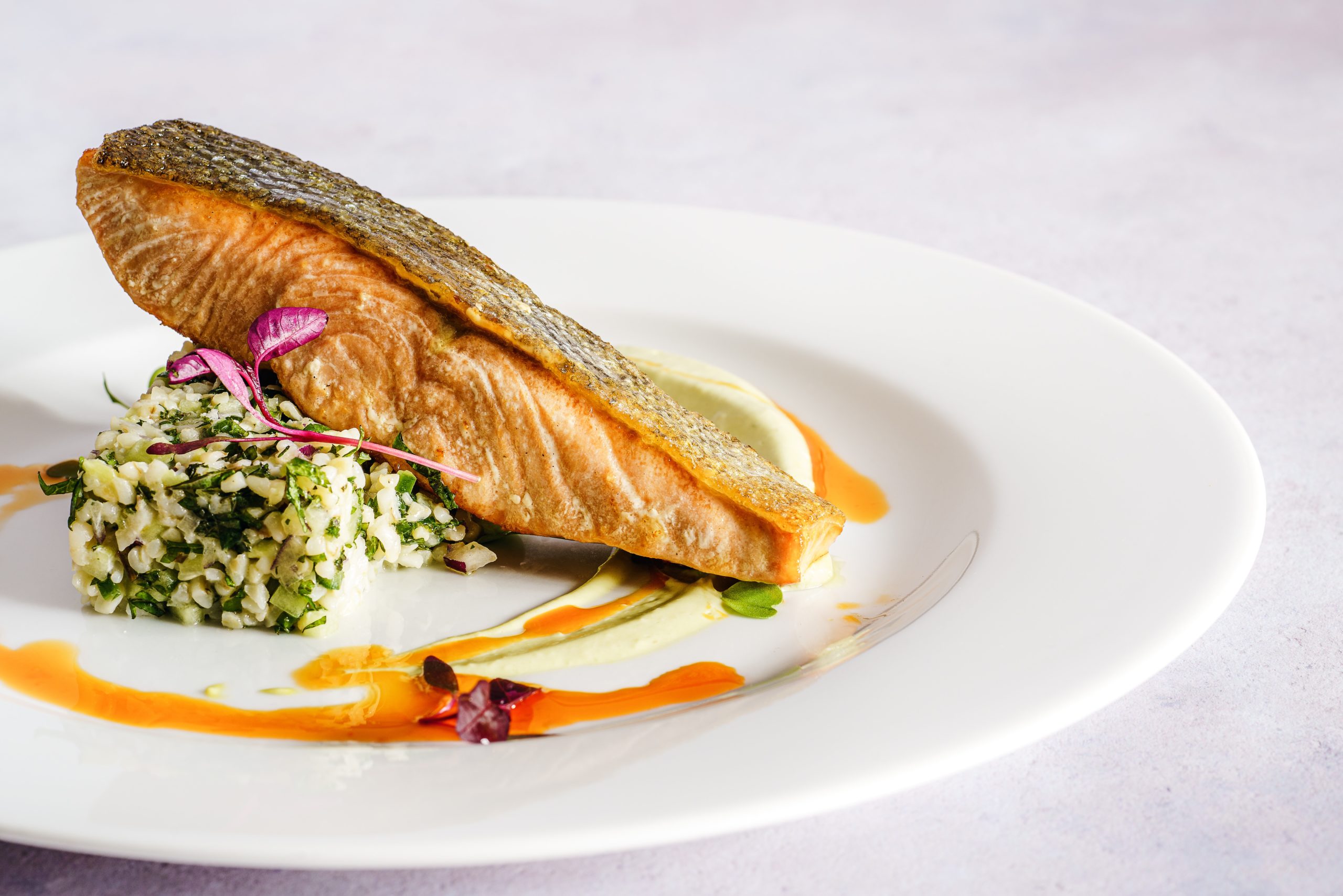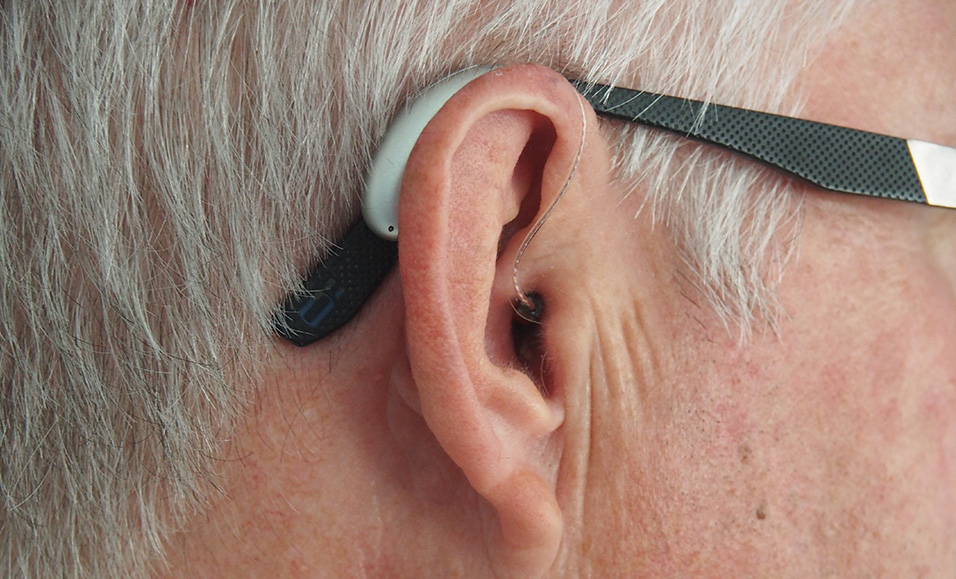I never used to have problems with my joints, but that’s changed in a big way as I’ve grown older. In an effort to help my joints feel better, I’ve been taking fish oil supplements every day. It seems like I’ve always known that fish oil was good for joints in some way, but the other day I caught myself thinking, “Is this stuff really helping?”
I realized that I didn’t know much about fish oil at all, and my lack of knowledge started to make my confidence in the product wane. So I decided to do some research and find out exactly what it is about fish oil that can supposedly make my joints feel better. Here’s what I found out.
There’s Nothing “Fishy” About Fish Oil
Despite my worries that fish oil is just a great big fish tale, I discovered some impressive things about it during my research. I found out that the secret to fish oil’s ability to help aching joints lies within its content of omega-3 fatty acids. Though the name isn’t super appealing, omega-3 fatty acids are pretty powerful for joint health. Here’s how they work.
The omega-3 fatty acids found in fish oil contain high levels of these two fatty acids in particular:
- Eicosapentaenoic acid (EPA)
- Docosahexaenoic acid (DHA)
According to research, both of these fatty acids are effective at lowering inflammation. It’s their inflammation-curbing properties that make these fatty acids so valuable for people with joint conditions. Many conditions that cause joint pain are due to excess inflammation within the joints.
According to one study (published in the British Journal of Nutrition), DHA and EPA from marine sources (such as fish oil) provide help with the following:
- Joint pain and swelling
- The use of joint-related pain medication
- Morning joint stiffness
These are all benefits I can stand behind! So I’ll continue my daily habit of taking fish oil pills so they can go to work reducing inflammation in my joints.
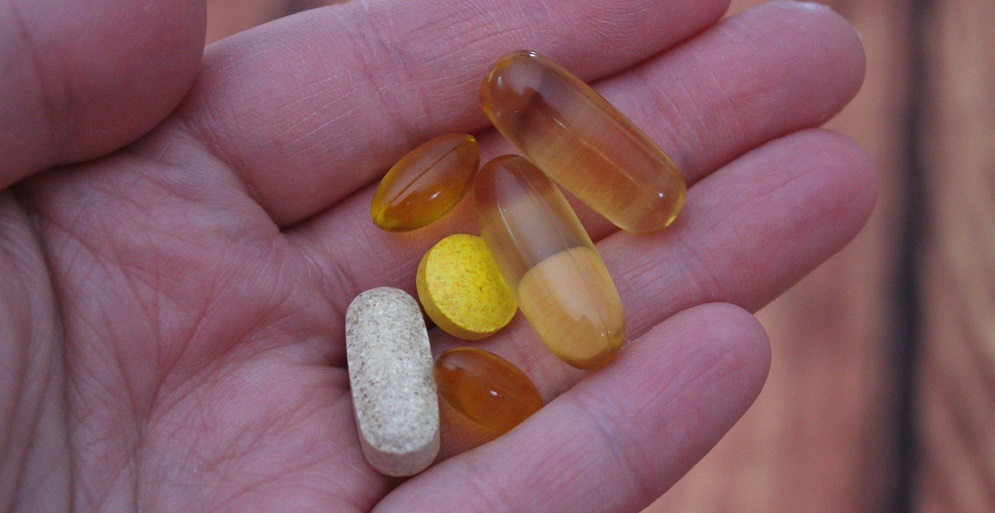
How Fish Oil Reduces Inflammation
I’m a naturally curious soul, so it wasn’t enough for me to learn that DHA and EPA can reduce inflammation. I wanted to know how they do it. So I decided to dive into the topic a lot more. Here’s what I discovered.
EPA and DHA work in tandem to lower inflammatory molecules in the body (such as C-reactive protein and tumour necrosis factor alpha). They’re a little bit like The Wonder Twins when it comes to protecting our bodies from the negative effects of systemic inflammation.
DHA seems to be more effective at reducing multiple pro-inflammatory proteins, while EPA seems to target primarily one type. But EPA does have the added benefit of boosting immune function regulation. So when you’re looking for a fish oil supplement, look for one that contains both of these important components. Like the old song goes, “some things just go better together and probably always will.”
[insert page='Offer' display='content']
What To Look for in a Fish Oil Supplement
As with any nutritional or dietary supplement, fish oil supplements are not all created equal. Here are a few things to look for in a quality supplement:
- Make sure the supplement you choose contains both EPA and DHA.
- Look for good purity and authenticity standards.
- Always check the date on the bottle and don’t use it after the printed date (fish oil goes rancid over time).
- Look for free fatty acids (FFA), phospholipids (PLs) and triglycerides, and reformed triglycerides (TG and rTG) instead of ethyl esters (EE).
Keeping these things in mind when shopping will help you select a quality fish oil supplement that will give your joints (and your body in general) maximum anti-inflammatory benefits.
